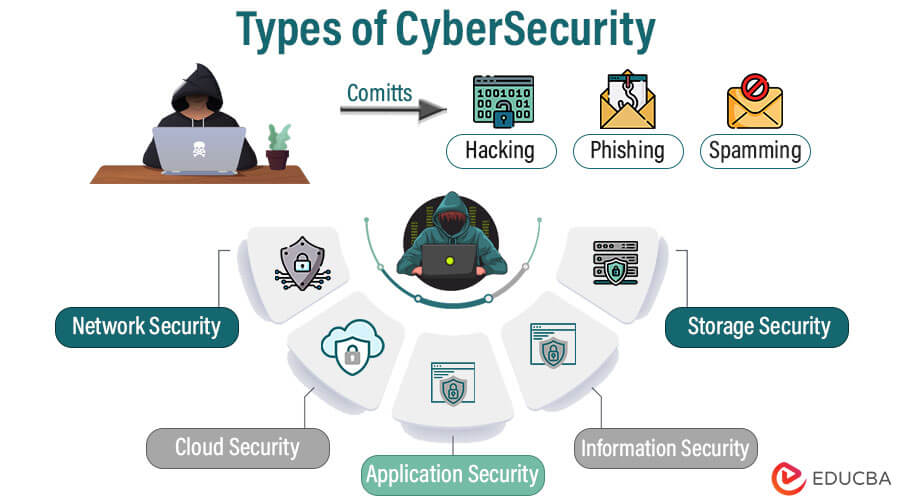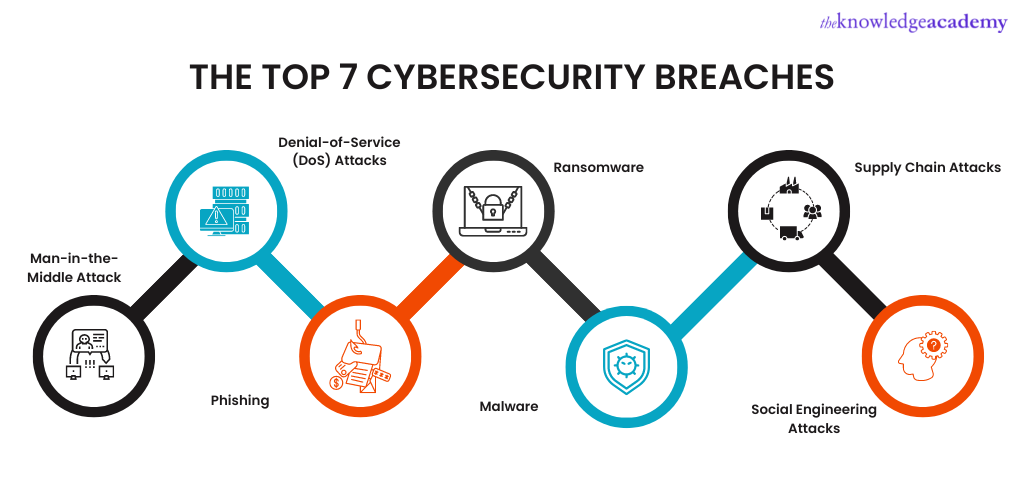“Explore the 7 types of cyber security and understand their roles in protecting digital assets. Learn about various cyber security measures and how they defend against different threats.”
Introduction
In today’s digital age, safeguarding information is more critical than ever. With cyber threats evolving constantly, understanding the different types of cyber security can help you choose the right measures to protect your digital assets. This post will explore the seven main types of cyber security, explain their roles, and highlight how they contribute to a comprehensive defense strategy.

Network Security
Network security involves measures to protect the integrity, confidentiality, and accessibility of computer networks. This type focuses on safeguarding both hardware and software technologies. Techniques such as firewalls, intrusion detection systems (IDS), and Virtual Private Networks (VPNs) are commonly used. For instance, a firewall monitors incoming and outgoing traffic to prevent unauthorized access.
Information Security
Information security is about protecting the data itself from unauthorized access, modification, or destruction. This includes data encryption, access controls, and secure data storage practices. Encryption converts data into a code to prevent unauthorized users from accessing it, ensuring that sensitive information remains confidential.
Endpoint Security
Endpoint security focuses on protecting individual devices such as computers, smartphones, and tablets from cyber threats. Solutions include antivirus software, anti-malware programs, and device management tools. For example, endpoint protection platforms (EPP) can detect and respond to threats in real-time.
Application Security
Application security ensures that software and applications are free from vulnerabilities that could be exploited by attackers. This includes secure coding practices, application testing, and regular updates. Techniques such as penetration testing help identify weaknesses in applications before they can be exploited.

Cloud Security
Cloud security protects data and applications stored in cloud environments from threats. This involves securing cloud storage, applications, and networks. Strategies include encryption of data at rest and in transit, access management, and regular cloud security audits to identify potential risks.
Operational Security
Operational security (OpSec) involves protecting the processes and procedures that safeguard an organization’s data and systems. This includes creating and maintaining security policies, employee training, and incident response plans. Regular audits and compliance checks help ensure that security practices are up-to-date.
Identity and Access Management (IAM)
IAM focuses on managing user identities and controlling access to resources within an organization. This includes user authentication, authorization, and the implementation of role-based access controls (RBAC). Multi-factor authentication (MFA) is an example of an IAM measure that adds an extra layer of security.
Conclusion
Understanding the seven types of cyber security is essential for creating a robust defense strategy. Each type plays a crucial role in protecting different aspects of your digital environment. By implementing these security measures, you can enhance your overall cyber defense and reduce the risk of cyber threats.
![How to write an excellent thesis conclusion [with examples] - Paperpile](https://cdn.paperpile.com/guides/img/thesis-conclusion-400x400.png)
Call to Action
Stay informed about the latest cyber security trends and best practices to keep your digital assets safe. For more insights and updates on cyber security, subscribe to our newsletter and follow our blog.
